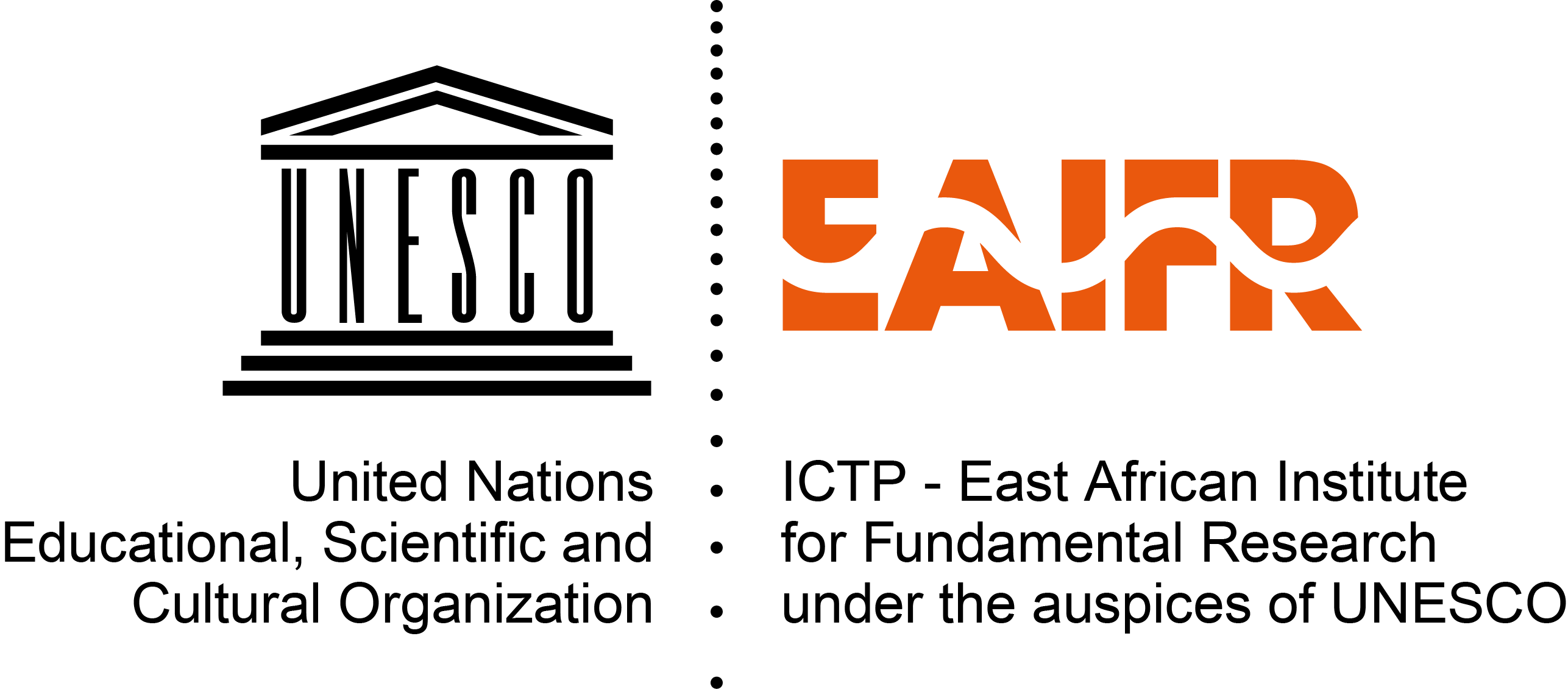ICTP-East African Institute for Fundamental Research
KIST2 Building CST
Nyarugenge Campus
University of Rwanda
Kigali, Rwanda
Conference on Volcanic Processes: a Variety of Length and Time Scales
This conference will be a platform where young African talents will have the opportunity to rub shoulders with world experts in physical volcanology. CALL OPENED UNTIL MAY 15, 2025.
ICTP-EAIFR is organizing a conference on "Volcanic Processes: a Variety of Length and Time Scales" September 1-5, 2025.
Latest Update (27/08/2025):
The conference “Volcanic Processes: A Variety of Length and Time Scales”, September 1-5, 2025, starts next week. The conference is intended to young scientists from developing countries, especially Africa. To consult the detailed program: click here.
General Overview:
This conference will cover a wide range of topics related to volcanic processes from the subsurface to the atmosphere to volcanic particles and soils using a physical lens. Topics will include multiphase flows, theoretical and numerical modelling of subsurface magma propagation, volcanic-induced seismic signals and surface displacement analysis, volcanic emissions dispersion modelling, volcanic lake dynamics, soil particle-water interactions, and relationships between volcanic eruptions and climate and volcanic environment and health.
Program and program details
The proposed sessions are as follows:
Day 1: Session 1: “Multi phase volcanic flows"
Poster Session
Day 2: Session 2: “Magma Subsurface propagation
Session 3: “Seismic and deformation signals from a volcano”
Day 3: Session 4: "Volcanic emissions dispersion modelling”
Session 5: “Volcanic lakes”
Day 4: Session 6: "Volcanic particle-water interface and impact on soils".
Session 7: “Volcanoes and Climate change”
Day 5: Session 8: " Health and Volcanoes ".
Session Overview:
Session 1:
Multiphase flows comprise two or more phases of matter (solid, liquid, gas, etc) that are simultaneously present. In the case of lavas and magmas, the multi-phase suspensions consist of silicate melts (liquids), solid crystals, and vapor bubbles. The interactions between these phases play a key role in the magma and lava transport and emplacement leading to various styles of flows. This session will illustrate the physics of these multiphase flows.
Session 2:
Today our understanding of subsurface magma movements has greatly improved through physical modelling of the propagation of viscous fluid-filled fractures constrained by buoyancy, viscous stresses, fracture toughness and external stress field. This session will highlight the challenges and the state-of-the-art theoretical and numerical modelling of subsurface magma propagation.
Sessions 3 :
Seismic studies and surface deformation studies on a volcano are essential tools for predicting volcanic eruptions and monitoring volcanoes. Each volcano exhibits a variety of seismic signals with different spatial and temporal distributions and at different stages of volcanic activity. These signals also depend on the origin of the volcanism and its geodynamic context. Simultaneously, surface displacements induced by volcanic activity provide essential information on the state and temporal evolution of the magma plumbing system. In particular, they provide information on the position, shape and size of magma storage zones, as well as monitoring the migration of magma at depth. Today, the two types of studies are very often combined because this better constrains the dynamics of volcanoes. This session will show how such studies can characterize a volcano's plumbing system and its activity.
Session 4:
Much of the present-day knowledge about the degassing of natural systems come from studies on persistently active volcanoes which can produce both significant long-term effects on both human health and the environment at local and regional scales. Gas dispersal is controlled by multiple variables such as source location and magnitude, wind and terrain conditions, and gas species composition. In the last few years, more attention has been paid to test the capabilities of dispersion models to either quantify the associated hazard assessment or indirectly estimate the unknown gas contributions. Assimilation techniques using data from remote sensing have also increasingly been integrated into the models. This session will shed light on these models.
Session 5:
Volcanic lakes are a spectacular testimony to volcanic activity and Africa has 220 of them. Research on volcanic lakes is an immense range of subjects ranging from the monitoring of volcanoes, to the chemistry and/or physics of convection, degassing or thermo-hydromechanical deformation, and limnology and limnic eruptions. In this session, we will show how multidisciplinary this research is.
Session 6:
Cutting edge physics techniques (Atomic Force Microscopy, neutron diffraction, and synchrotron-based nanoimaging techniques, such as μDeep UV autofluorescence, μFTIR, μ-XAFS and μXRF) and ab initio computations are used, in conjunction with field and chemical experiments to investigate soil particle-water interface in regions under volcanic ash fall out. In particular are investigated volcanic rock bioweathering products, and surface characteristics of volcanic-ash derived nanotubes.
Session 7:
The impacts of volcanic eruptions on climate are increasingly well understood, and research on the mirror question of how climate change affects volcanic systems and processes is currently receiving greater attention, which is crucial in the context of rapid climate change induced by anthropogenic activities. The session welcomes all studies aimed at improving past climate reconstructions and current climate observations, as well as improving understanding of how ongoing climate change may affect the environmental and societal impacts of volcanic activity.
Session 8:
The impacts of volcanic environments on health are still poorly understood, especially when the long term effects which are not automatically related an eruptive crises but also include continuous degassing as in the case of the Nyiragongo and Nyamuragira volcanoes. Respiratory diseases, cancers, soil-induced podoconiosis will be discussed in this session.
Speakers:
The list of speakers will be updated as and when.
- Professor Andrew Woods, Institute of Energy and Environmental Flows, Cambridge, UK.
- Professor Julyan Cartwright, Instituto Andaluz de Ciencias de la Tierra, CSIC–Universidad de Granada, Spain
- Professor Atalay Ayele, University of Addis Ababa, Ethiopia
- Professor Eleonora Rivalta, University of Bologna, Italy
- Professor Alison Rust, University of Bristol, UK
- Ass. Professor Benjamin Gilbert, Lawrence Berkeley National Laboratory
- Professor Roberto Sulpizio, University of Bari, Italy
- Ass. Professor Carolina Pagli, University of Pisa, Italy
- Dr. Arnau Folch, Geociencias Barcelona (GEO3BCN – CSIC), Spain
- Dr. Francois Darchambeau, KivuWatt
- Dr. Valerie Cayol, Laboratoire Magmas et Volcans Université Clermont Auvergne, France
- Dr. Keir Derek, University of Florence, Italy
- Dr. Alexandra Gourlan, University of Grenoble, France
- Dr. Guillaume Nyagatare, University of Rwanda, Rwanda
- Dr. Tamsin Mather, University of Oxford, UK
- Dr. Mwumvaneza Mutagoma, Mugonero Hospital, Rwanda
- Dr. Vicky Ruganzu, Rwanda Agriculture and Animal Resources Board (RAB), Rwanda
- Dr. Claudia Corradino, INGV-Catania, Italy
- Professor Andrew J. Hogg, University of Bristol, UK
- Professor Davide ZanchettIn, Ca' Foscari University of Venice, Italy
- Professor Clive Oppenheimer, University of Cambridge, UK
- Dr. Timothy Davis, University of Bristol, UK
- Professor Laurent Charlet, ISTerre, France
- Dr. Virginie Pinel, ISTerre, France
- Dr. Sarra Latifa Kazi, ISTerre, France
- Professor Catherine Meriaux, EAIFR, Rwanda
Organizing Commitee:
Dr. Catherine Meriaux, EAIFR
Dr. Virginie Pinel, ISTerre, IRD
Dr. Antonio Costa, INGV
Dr. Silvia Massaro, INGV
Dr. Laurent Charlet, ISTerre, IRD
Sponsors:
The Rwanda National Council for Science and Technology (NCST, project WALL)
The National Institute of Geophysics and Volcanology (INGV, Italy)
The Institute for Research for Development (IRD; JEAI E-DOORs)
International Geoscience Programme (IGCP-UNESCO; Project 767)
Groupe Interdisciplinaire GDR-Rift (France)
International Association of Volcanology and Chemistry of the Earth's Interior (IAVCEI)
Fond Equipe France (FEF), French Embassy in Rwanda



